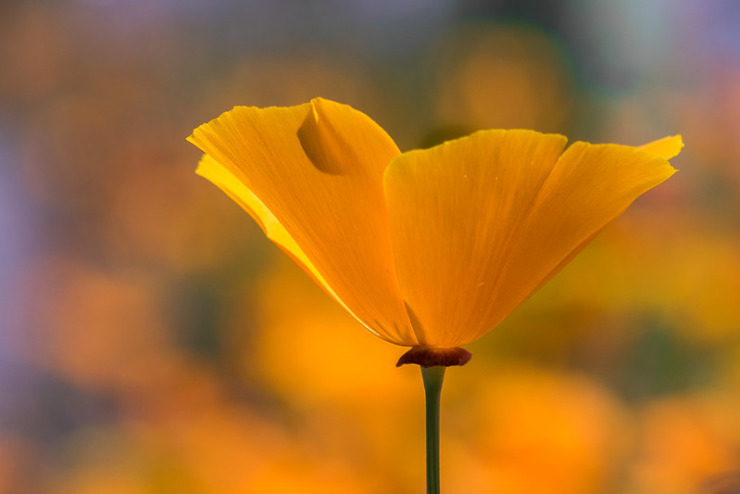Tania Runyan has some advice
I start this review with a disclaimer. How to Write a Form Poem: A Guide to 10 Fabulous Forms by Tania Runyan includes a poem I wrote. I also once tapped some lively feet to a musical performance with Runyan playing the fiddle. Neither affected my judgment about the book.
Well, the fiddle might have.
If you like form poems, Runyan has some advice. And a guide. Even if you don’t like form poems, Runyan has some advice. And a guide. And for those who like form poems and those who don’t, she offers this seeming contradiction: form poems are liberating. Liberating? Who knew?
Runyan, for one. And she condenses together what she knows in the easy-to-read, often funny, and always engaging How to Write a Form Poem.
She makes writing form poems easy. Well, not exactly easy, but she certainly makes form poems more accessible and far less formidable than they seem. She even answers two of my eternal questions: what exactly is a ghazal, and how do you pronounce the word? (Spoiler alert: it’s pronounced “zhuh-zhuhl.”)
The book contains 10 instructional chapters, each focusing on a specific form. She explains the origin of the form, how it’s composed, and what some of the variations are. Each chapter contains an exercise. The chapters also include a “Go the Extra Mile” section, created by Sara Barkat, which contains suggestions for going further in your pursuit of using a specific form.
The 10 forms are the villanelle, the sonnet, the sestina, the acrostic, the ghazal (don’t forget — it’s pronounced “zhuh-zhuhl”), the pantoum, the rondeau, the ode, the found poem, and the haiku. Runyan includes the rules for each, line counts, repetitions, number of syllables per line, and any other pertinent information. After the chapters on forms, she follows with how to find the right form your poem, and examples and prompts.

Tania Runyan
That so much is contained within the covers of this highly readable book is amazing. She cuts to the chase with each form, providing enough information to inspire you but not overwhelming you in frustration. The book will even help you appreciate form poems more. With a small group, I’ve been reading William Shakespeare’s works, and we just completed the first 80 of his sonnets. Reading them after reading Runyan’s explanation of what a sonnet is (specifically an Elizabethan sonnet) added immeasurably to my enjoyment of the poems.
Runyan has an impressive poetry platform. She’s the author of several poetry collections, including What Will Soon Take Place, Second Sky, A Thousand Vessels, Simple Weight, and Delicious Air, which was awarded Book of the Year by the Conference on Christianity and Literature in 2007. Her instructional guides, How to Read a Poem and How to Write a Poem are taught in schools across the country. Her poems have been published in such publications as Poetry, Image, Atlanta Review, Indiana Review, The Christian Century, Southern Poetry Review, and the anthology In a Fine Frenzy: Poets Respond to Shakespeare. She was awarded an NEA Literature Fellowship in 2011. And she loves poetry in all of its expansive forms.
How to Write a Form Poem is a primer on form poetry, but it’s also more. The book is its own ode to poetry, what it can do, how it’s written, and how its various poems enlarge your understanding and experience.
And just so you know, even if it has nothing to do with the book, Tania plays one mean fiddle.
Photo by S@ndrine, Creative Commons, via Flickr. Post by Glynn Young.
How to Read a Poem uses images like the mouse, the hive, the switch (from the Billy Collins poem)—to guide readers into new ways of understanding poems. Anthology included.
“I require all our incoming poetry students—in the MFA I direct—to buy and read this book.”
—Jeanetta Calhoun Mish



L.L. Barkat says
Best. Dance. Ever. (I could hardly keep up with you! 😉 )
I love this lighthearted and instructive review of Tania’s book. You really captured it. Thank you.
Bethany R. says
Love this post. What a delight to read, Glynn! 🙂
Sandra Heska King says
“And just so you know, even if it has nothing to do with the book, Tania plays one mean fiddle.”
I’ve gotten to tap my toes at that fiddle, too. You’ve played a fine tune here with this review, Glynn. Love it!
Tania Runyan says
Thank you so much for your kind words, Glynn! So glad to have your work in the book, too. Let’s get our toes tapping again, soon!